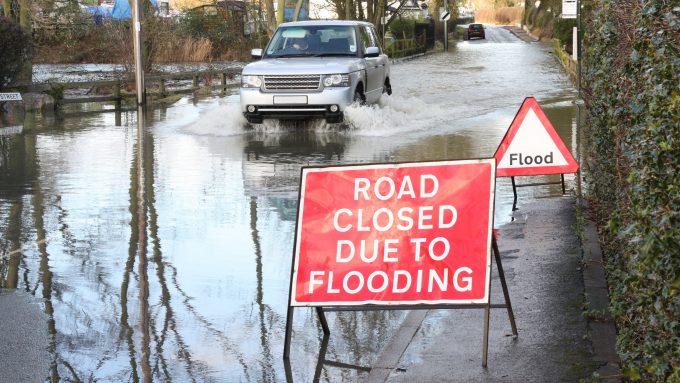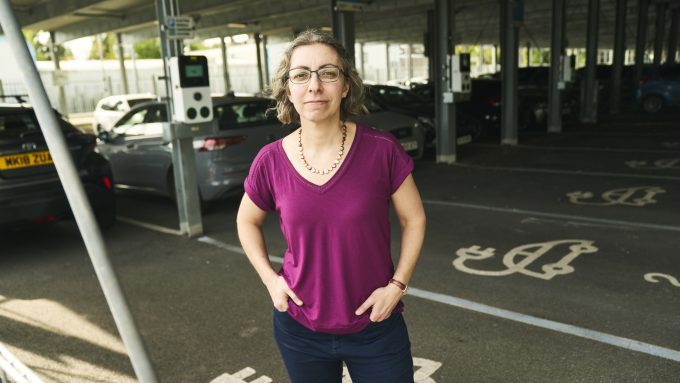
Harnessing our ports as energy hubs

To date the government has formed a strategy to a) reduce emissions within the maritime sector and b) at the same time convert our ports into areas of ‘green opportunity’ as hubs that produce energy for the wider economy.
Challenges - How can we reduce these emissions within the maritime sector?
Governments, academia, and ecological bodies have come together to form a strategy of action to reduce carbon dioxide globally.
The International Maritime Organisation (IMO) has set a target to halve 2008 emission levels by 2050.
The strategies in place to reduce these emission levels are through:
- increasing electrification of ports and port handling processes, and
- the adoption of future fuels for example LNG (liquified natural gas), hydrogen or ammonia
Globally we all need to ‘come together as one’ to decarbonise shipping and ports, thus ensuring we meet our target for maritime CO2 reduction.
The UK leading the way
The United Kingdom is ideally positioned to lead the way in maritime carbon and CO2 reduction. Due to the UK being the home of the IMO, having direct access to regulators and the other bodies listed above. Though we must not forget the United Kingdom has always been a pioneering and seafaring nation when it comes to shipping. This has stemmed from the pioneering days of the seventeenth century exploration, the creation of the commonwealth and through to the present.
The United Kingdom – An opportunity to take the lead
There are over 100 ports are operating around the UK that process over 95% of UK trade. Thus, the time is right now for us to take the lead and lead by example in decarbonising our ports. ‘First mover’ opportunities within this sector allow us to build a significant competitive advantage.
For example:
- The governments ‘Build Back Better’ strategy places the UK in the ideal position for our Ports to be among one of the first countries in the G20 to achieve net-zero.
- The use of offshore wind farms to generate ‘clean energy’ in turn to supply the local logistics and warehousing sector with electricity.
Strategies & Enablers - reducing the carbon footprint within our ports
Ports are a complex mix of internal processes and wider stakeholder interactions that present significant challenges and opportunities in terms of reaching our national net-zero targets. Today our ports incorporate a broad range of infrastructure ranging from dockside facilities built in the Victorian era to highly automated cargo processing equipment. Therefore, what is the upshot and what is needed to achieve net-zero within our ports? Here are a few examples:
- Adoption of ‘clean fuels’ e.g., Liquified Natural Gas (LNG) or Hydrogen. It has been noted that a green hydrogen industry could generate £320bn for the UK economy by 2050 and would support over 120,000 jobs within Freeports nationally.
- Offshore renewable energy – the UK has the largest installed offshore wind capacity in Europe. This creates significant opportunity for our ports in the wind supply chain, for example, manufacturing, maintenance, and servicing. Plus, the added benefit of supplying energy to connected stakeholders (warehousing and logistics hubs).
- IT (Information Technology) integration and ‘The Cloud’ – streamlining goods handling processes and reducing the number of goods movements within the port, saving time and energy consumed by loaders, forklift trucks and Heavy Goods Vehicles (HGVs)
Ports as Green Energy Hubs – some examples
- Shell is developing a hydrogen hub through the Port of Rotterdam and the Hollandse Kust windfarm. Aiming to start production in 2023 it is expected to produce up to 60,000kg of hydrogen daily. This would in turn fuel 2,300 hydrogen-powered goods vehicles per day.
- The Port of Amsterdam is also involved in a green hydrogen project with Tata Steel and Nouryon, with the aim to create a 100MW hydrogen plant using energy generated by offshore wind.
- The Port of Aberdeen, Scotland is an accredited EcoPort and is playing a leading role in the region’s transition to a hydrogen economy, through the creation of an Energy Transition Zone. The Port of Aberdeen ETZ has primarily focused on renewables and their links to the wider transport network including hydrogen-fuelled buses and heavy goods vehicle fleets.
Find out more
This article is a summary of a full feature article which you can read in our Net Zero Places Innovation Brief.





